
Runners cross a waist-high finish line. Gymnasts and divers receive their scores from a panel of judges. Volleyball and basketball players strive to score more points than the other team.
How are the athletes of the Olympic 10km Marathon Swim judged? How are these swimmers judged? There is a four-part process to determine final placing and timing.
On the first level, marathon swimmers carry their own timing devices, called transponders. The transponders are about the same weight and size of a waterproof wristwatch.
At the Olympics and other major international races, each swimmer receives two transponders for timing and placing purposes. They secure the transponders on each wrist and are required to finish the race with both transponders. If one or both of the transponders come off during the race, the swimmer is disqualified.
In order for the transponders to stay firmly, swimmers often snugly tape the transponders to their wrists with waterproof tape. The tape also helps the transponder’s wrist straps from flapping about, which could cause severe frustration during a two-hour race.
On the second level, swimmers finish the race by slapping any one of six touch pads that are elevated above the surface of the water at the finish line. The touch pads are supported by a special floating pontoon that is anchored at the finish line. The swimmers must hit the touch pads to officially finish. That is, even if they break the plane of the touch pads at the finish, but miss touching the pads, they are judged to not have finished the race.
On the third level, swimmers are video-taped by a series of cameras that are strategically placed at the finish line. The cameras are used to capture the photo-finishes that are common at most major competitions, especially among the top ten finishers.
On the fourth level, the official placing of the swimmers is decided by finish judges – either by their own eyes or upon a post-race review of the finish as captured by the cameras. There are three judges positioned at the finish line responsible for this final decision.
There was a race at the 2004 World Open Water Swimming Championships in Dubai that was decided using all four processes. As the Dutch and German swimmer sprinted stroke-for-stroke to the finish over the last 200 meters, synchronized with their stroke count and breathing patterns, the crowd anticipated a photo finish. Neither of the athletes was able to drop the other. Towards the final few meters, the two swimmers simultaneously raised their heads looking up toward the touch pads. They both reached up to the touch pads at the same time with their leading hand…only to miss the touch pads in their final lunge. As the momentum of the swimmers carried them across the plane of the goal, they both extended back with their rear hands to simultaneously hit the touch pads.
The transponders were triggered when the swimmers slapped the touch pads at the same time. The Dutch supporters cheered in victory – as did the German fans. The rest of the crowd gasped in excitement and then hushed to figure out the winner. Fortunately, the video cameras caught everything on tape and the judges went into deliberation that lasted a few hours before the Dutch swimmer was declared the victor.
The transponders and floating timing system are innovations from Omega that has managed the timekeeping at the Olympics since 1932. Omega developed the first semi-automatic swimming timer used at the 1956 Melbourne Olympics, and later developed the original touch pads placed at each end of swimming pools that were first used at the 1967 Winnipeg Pan American Games.
Although it has yet to be confirmed, Omega’s live online timing system may allow sporting fans and marathon swimming enthusiasts worldwide the ability to see the results online of the Olympic 10K Marathon Swim in real time.
So even if the race comes down to a photo-finish, fans can count on Omega and the judges to pick the winners with accuracy and fairness.
Copyright © 2008 by World Open Water Swimming Association



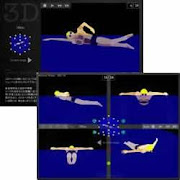



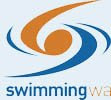
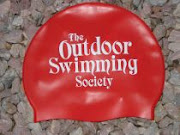

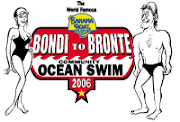


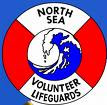
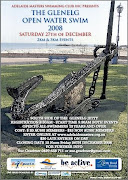





No comments:
Post a Comment